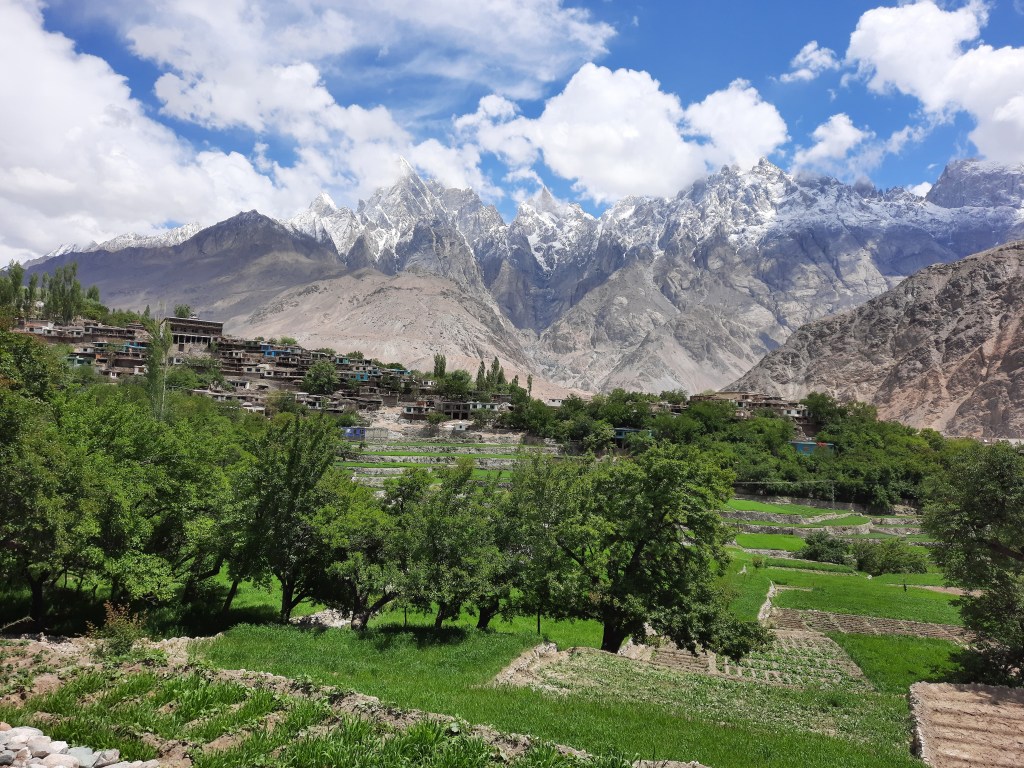Read Part I here.
On 23 May, we checked out from the Shigar Fort Residence with beautiful memories of the place and the people, and headed to the Khaplu town, the administrative headquarters of Ghanche district. Bounded on the north by the two prefectures– Kashghar and Hotan—of the Xinjiang Uyghur region in China, and on the north-east by the Indian-controlled Ladhak, the easternmost part of the district is the famous Siachen Glacier, known as the highest militarized zone in the world. The Glacier is under the occupation of the Indian troops, while the Pakistan Army controls the western region of the Soltoro ridge located in the west of the Siachen Glacier. A convoy of the army truck taking food and other supplies to the soldiers passed us by.
Continue reading
